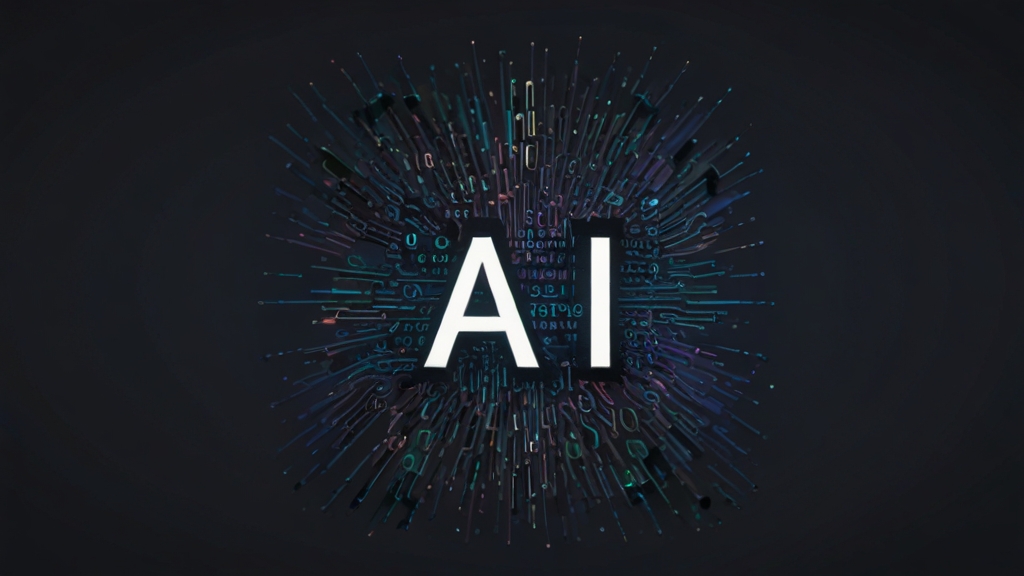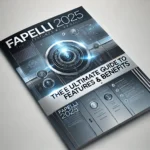Have you ever wondered if the article you read was written by a human or generated by a machine? Well, some AI machines and tools can generate content that feels humanized.
Chatgpt is a leading chatbot, and its popularity has risen due to its ability to generate ideas and content. Students use it for homework and to fulfill their assignments. Writers use ChatGPT to generate content and deliver it to their clients. The receiver does not comprehend how to check whether it is AI-generated or human-written.
So, what separates AI content from humans, and how can we detect AI-generated content? Therefore, AI detectors enter the chat to check if the content is AI-generated or not. This article will explore how does AI detection works and how to utilize it and avoid using generated content.
What are AI detectors?
AI detectors (AI writing detectors or AI content detectors) are utilized to detect AI-generated content if written via any AI writing tool. AI content generators can’t escape from these AI detectors. AI detectors use smart functionality to find written sentences or paragraphs.
Why should we recognize AI detectors?
You should consider these AI detectors because they detect that the text is AI-generated. You can capture prey with the aid of these detectors, and you’ll know who’s your prey. The examination of content is easy because of AI detectors, whether the student writes the content or the office employee.

How does AI detection work?
AI content detectors are smart tools that easily detect AI-generated stuff. They use particular models that are also used by the AI programs that write.
These detectors mainly look at two things:
1. Perplexity: AI-generated content is more predictable and writes smoothly; that’s why AI uses the same layout. On the other hand, human writing is more unpredictable because we use different words and make more mistakes. If the written text has low perplexity, then it is written by an AI.
2. Burstiness: AI uses short sentences often and uses the same words, and we can predict which word will be placed in the next sentence. Variation in sentences matters because AI uses the same pattern and flow, but humans make some variations in sentences and paragraphs.
What are the best AI detectors? Name some of them.
It is overwhelming to find the best AI tools that suit your condition. Moreover, there are bunches of AI detector tools on the online market. We recommend some AI detectors that might be enough for you.
- Copyleaks
- Quillbot
- GPTZero
- SmallSeoTools
- Content Scale
- Duplichecker
We have provided you with some AI tools you can use. Ok! Now the question is: we know a few tools but don’t know how to use them. We are here to resolve your issue, not to put you under stress. Move to the next step!
How do you use AI detectors?

Firstly, go to the website you have chosen and copy the text you want to examine. Secondly, there is a blank box or place to paste the text on the site. Third step: click on “check this text.” It will start the process, and be patient until it completes the process. The red text will show that it is AI-generated, and the green text will show that it is human-written. Moreover, on some sites, the text is either human-generated or AI-generated.
Role of AI detectors in SEO?
Google can detect your content whether it’s AI or human-generated. Google can detect your content if it is AI-written, it will rank lower in Google searches. According to the new update, the AI content is not fair to use. If you are writing high-quality content google can rank your post on high pages. You can fulfill the SEO requirements to meet the high ranking with the help of AI but with a smart mind.
How much can we rely on AI detectors?
AI detectors work well with longer sentences. But they can mess up easily if the AI output is made to be less predictable or if it is changed after it is generated. Also, they might think a human wrote something if it matches certain criteria (like low perplexity and burstiness).
We looked into different AI detectors, and none of them are perfect. The best one we found had an accuracy of 84%, and the best free one was 68%.
These tools can give us a good idea if a text might be AI-generated, but we shouldn’t rely on them completely. As AI gets better, detection tools will have to keep improving too.
Even the most confident providers of these tools admit that they can’t always tell for sure if a text was made by AI. And universities don’t trust them much yet.
Who can use AI detectors?

An AI detector is great for checking whether the work was originally written or not.
The AI detectors are best for:
- Teachers, colleges, and even universities can utilize this to check the student’s work, whether it’s written by himself or not.
- The publishers can use AI detectors to ensure that published content is human-written.
- Recruiters can use it to ensure that the cover letters of students are written by themselves.
- Content writers who want to publish content that may not rank lower in Google search engines if it is identified as AI.
- Social media moderators or others who want to scan fake news or spams.
Because of their reliability, users do not fully rely on these detectors. However, these detectors are leading in current AI technology. So, what should you do next if the detectors are not working according to your desires?
Finding AI Writing by Yourself
Aside from using AI detectors, you can learn to find signs of AI writing yourself. It’s tough because human writing sounds robotic sometimes, and AI writing sounds far better than human-written text. But with practice, you can get better at it.
Here are some things to look for:
- Boring writing: AI often makes text that sounds the same, with no variety in how sentences are structured or how long they are.
- Predictable words: AI often uses ordinary words without surprises.
You can also watch out for things AI detectors don’t catch:
- Super polite language: AI like me usually talks politely, which can be a clue.
- Hedging words: AI might use phrases like “It’s important to note” or “Some might say” a lot.
- Voice changes: If you know how someone usually writes, you can tell if they suddenly sound different.
- No sources: In academic writing, it’s important to say where your information comes from. AI often forgets or messes up on this.
- Mistakes in thinking: Sometimes AI writing doesn’t make sense or has weird arguments.
Just playing around with AI writing tools and seeing what they make can help you get better at spotting AI writing.
How to bypass AI detection tools
AI detectors are not foolproof; they can’t scan the text completely. You can easily escape your text from these AI detectors. We recommend you not use these for schoolwork, office work, or when you have to follow the command not to use AI. Here’s a quick guide on how to get around the detectors. Remember, always add your thoughts to avoid creating bland content.
- Use AI for your first draft, not the final version.
- Rephrase paragraphs and sentences in your wording.
- Put the AI’s text into a rephrasing tool.
- Look out for repeating words or phrases.
- Keep testing it until it passes free AI detectors by changing it up.
- Add some randomness with casual language and sayings.
AI detectors vs. plagiarism checkers
Universities use AI detectors and plagiarism checkers to stop cheating, but they work differently.
AI detectors look for text made by AI tools. They check specific things in the text without comparing it to a big database.
Plagiarism checkers find text copied from somewhere else. They compare it to a database of lots of other texts to see if it’s similar.
Sometimes, plagiarism checkers mark AI-made text as copied because AI sometimes borrows from sources without saying where it got them. Even though AI often makes its sentences, it might also copy some directly or make them very similar. This mostly happens with common topics, not so much with specific ones. And as more AI-made text shows up online, it might get marked as copied more often because there are similar texts out there.
So, while plagiarism checkers aren’t meant to spot AI writing, they might still see it as partly copied sometimes. But they’re not as good at catching AI writing as AI detectors are.
Future of AI Detection?
As AI gets better, it’s harder to tell if something was made by a person or a machine. So, everyone working on this technology needs to make even better tools to keep up.
Finding fake information made by AI is super important to keep online information trustworthy. That’s the only way we can fight these problems well. And we can’t forget about ethics. We need to be careful about privacy, making sure people agree to use their information, and making sure this technology doesn’t get used in bad ways.
Privacy and legal considerations
Before using the AI detector tools, be sure to read the terms and policies of the targeted tool. Well, it is safe to consider these tools because there are no concerns about these AI detector tools. You can use it without being afraid.
Conclusion
So, I have covered almost everything you need to know for better productivity. These AI detectors will advise you to find the AI-generated content. You can catch the act of the content writer if he generates the content using AI writing tools.
If you like this information, then leave a comment that this article is human-written or generated by AI.
Frequent Asked Questions(FAQ’s)
Are AI detectors accurate?
We looked into different AI detectors, and none of them are perfect. The best one we found had an accuracy of 84%, and the best free one was 68%.
Is it safe to use AI detectors?
Yes, it’s safe to use AI detectors. Use it without being afraid.
Are there any free AI detectors?
There are bunches of AI detectors waiting for your attention and a few of the tools are free. AI detectors like GPTZero, qillbot AI detection tool, etc.
What’s the difference between AI detectors and AI-generating tools?
AI-generating tools are used to generate content without putting in your hard work or attention. AI detector scans the provided text and finds the ai generated sentences or paragraphs.






